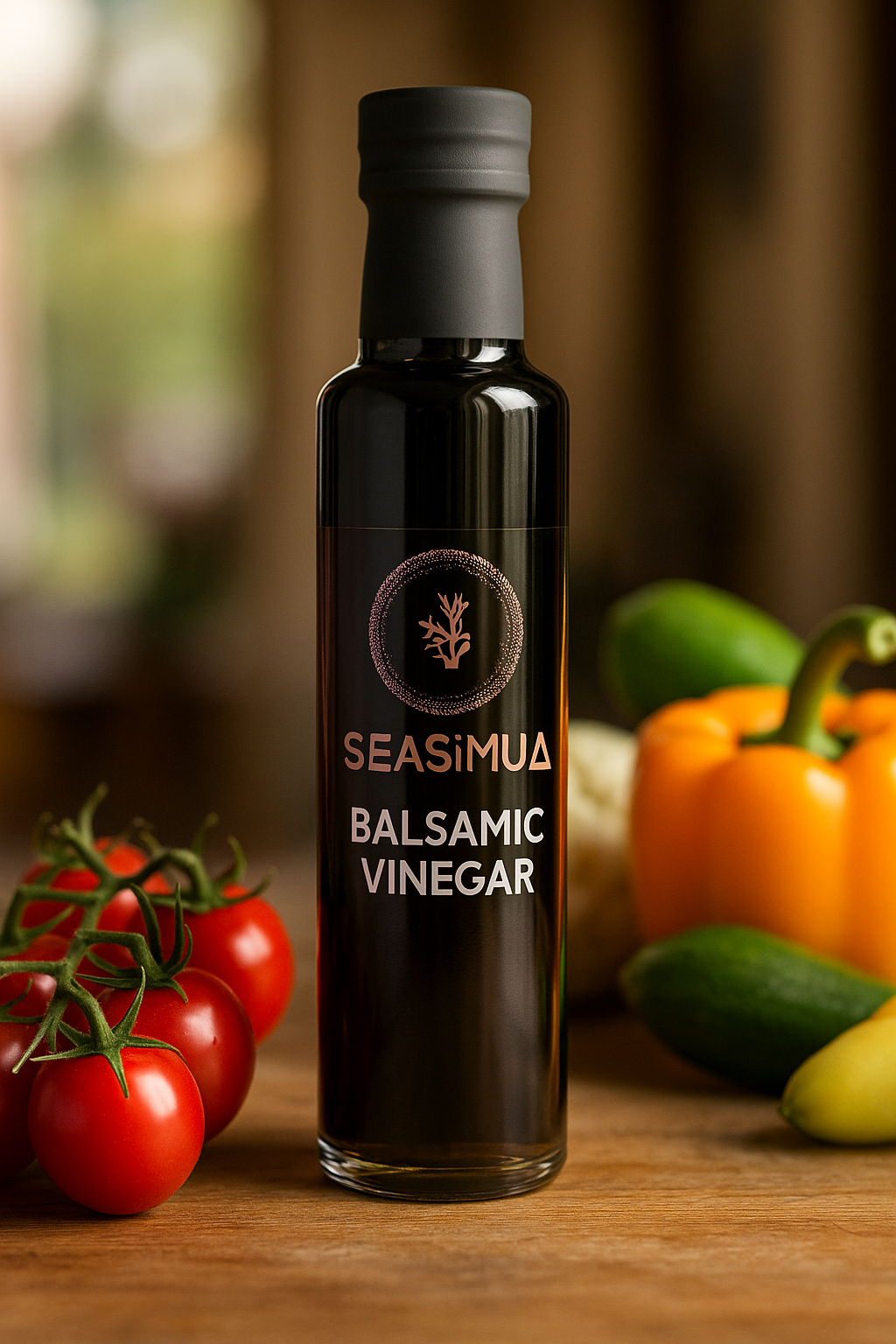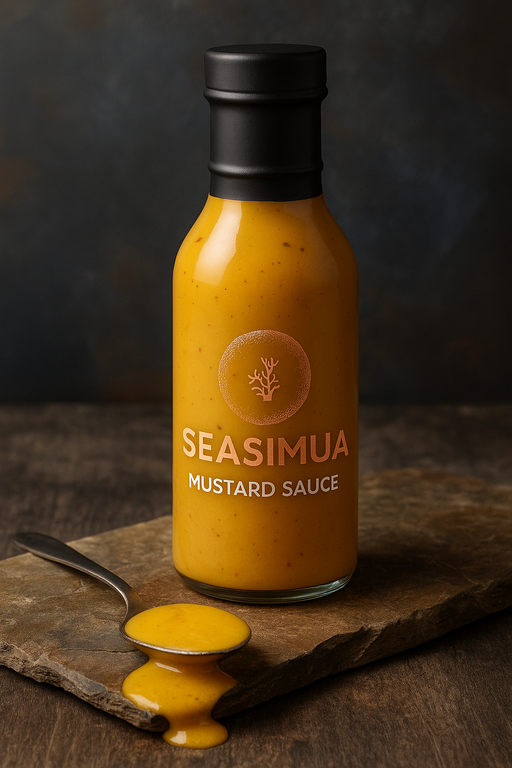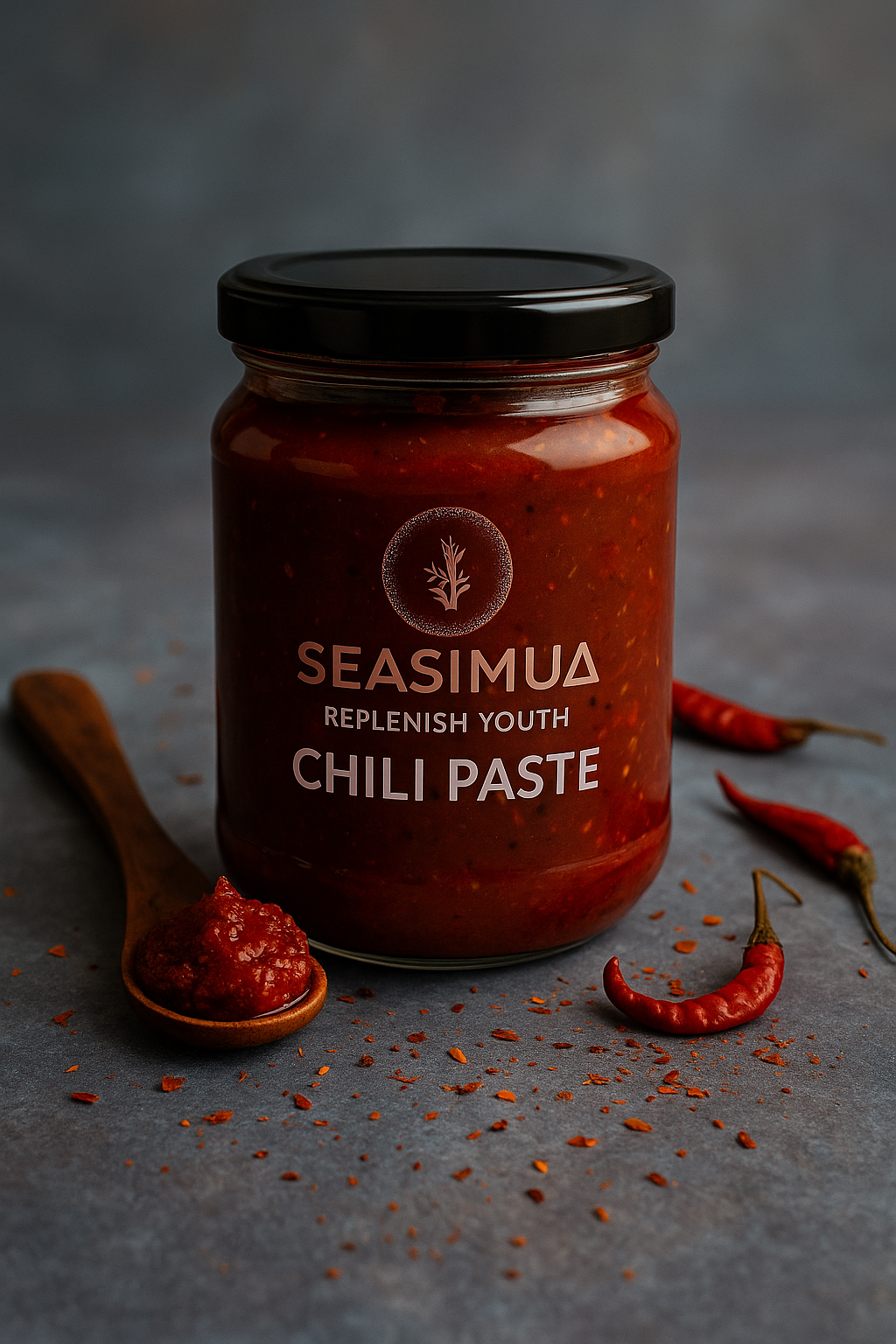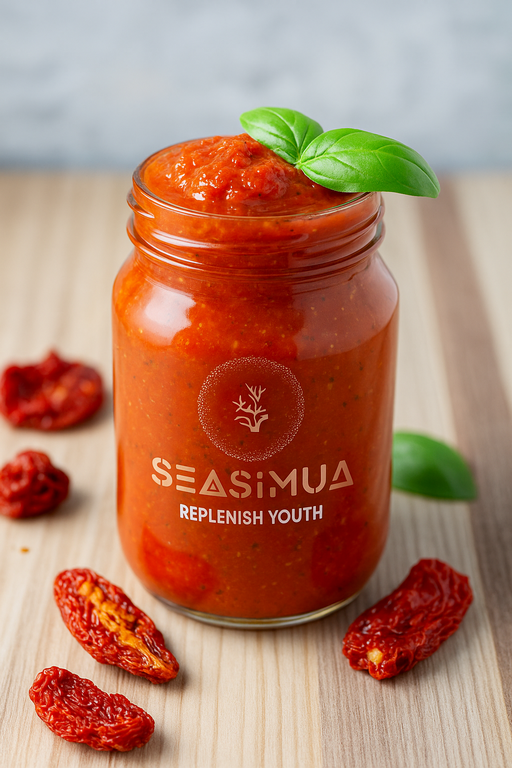Description
Premium Organic Sea Moss in Kenya
– Properties: Antioxidant, may help regulate blood sugar, and supports heart health.
Balsamic vinegar is a rich, dark vinegar originating from Italy, known for its sweet and tangy flavor. It’s made from freshly crushed grape juice, which is then fermented and aged in wooden barrels. Here’s an overview of its characteristics, uses, and some tips for incorporating it into your cooking.
### Characteristics:
– **Flavor:** Sweet, tangy, and complex, with a smooth finish.
– **Color:** Deep brown, often syrupy in texture.
– **Types:**
– **Traditional Balsamic Vinegar:** Aged for a minimum of 12 years, often found in specialty shops, and is more expensive.
– **Commercial Balsamic Vinegar:** More widely available, typically aged for a shorter time, and often has added sweeteners and thickeners.
### Uses:
1. **Dressings:** Perfect for salad dressings, either on its own or mixed with olive oil.
2. **Marinades:** Great for marinating meats, especially chicken, pork, and vegetables.
3. **Drizzling:** Use it as a finishing touch on roasted vegetables, meats, or pasta dishes.
4. **Glazes:** Reduce balsamic vinegar in a saucepan to create a thick glaze for drizzling over dishes.
5. **Desserts:** Can be used with fruits, such as strawberries or peaches, to enhance their flavor.
### Simple Balsamic Vinaigrette Recipe:
1. **Ingredients:**
– 1/4 cup balsamic vinegar
– 1/2 cup olive oil
– 1 teaspoon Dijon mustard (optional)
– Salt and pepper to taste
– Optional: minced garlic or herbs
2. **Instructions:**
– In a bowl, whisk together the balsamic vinegar, mustard, salt, and pepper.
– Slowly drizzle in the olive oil while whisking until emulsified.
– Adjust seasoning as needed.
### Storage:
– Keep balsamic vinegar in a cool, dark place. It doesn’t spoil, but it may lose some of its flavor over time.
Balsamic vinegar is a versatile ingredient that can elevate many dishes with its unique flavor profile. Enjoy experimenting with it!







Reviews
There are no reviews yet.